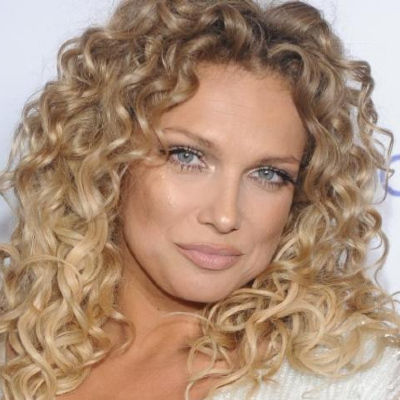There are a few tips on how to get better face recognition search results. We are going to share them with you, so you can take full advantage of the PimEyes’ database power. Ready to find yourself on the Internet? Prepare a catalog of your photos and pick the ones consistent with our tips.
What are the features of a good photo?
- full-face
- well-lit
- no elements covering the eyes
- full-color
- no elements covering the face
- high quality
An example of a good photo

Ready to make a better search now?
Do you need more explanation? Let’s analyze the features of a good photo:
1. A full-face photo
The PimEyes’ mechanism of searching measures some parts of a face, like the eyes or mouth. Those parts must be visible. That’s why we suggest picking an en face shot.
You may or may not know that halves of human faces aren’t symmetrical. If you make a symmetrical image using the right side of your face, and then the other with the left one, they are going to be different. That’s why when you upload a profile shot, our algorithms don’t have access to all the measurements of your face, and the search results won’t be as accurate as possible.
Good and bad examples of photos:

A good one: the full-face shot

A bad one: the profile shot
2. Well-lit photo
Bad lighting in a photo makes the face hard or even impossible to recognize by the PimEyes’ mechanism. That’s why it’s important to upload a picture that is well-lit, especially around the face.
Good and bad examples of photos:

A good one: the face is lit up.

A bad one: the photo is too dark.
3. Photo without elements covering the eyes
The eyes are one of the most crucial parts of the face that the PimEyes’ mechanism scans. That’s why it is very important to uncover your eyes, whether they are covered by hair, a hand, or any kind of accessories, like sunglasses or goggles.
Important information: regular glasses (not sunglasses), contact lenses and make-up aren’t a problem for our mechanism. You can upload a photo with those elements.
Good and bad examples of photos:


Good ones: uncovered eyes and a photo with regular glasses


Bad ones: Sunglasses and hair covering the eyes
4. Full-color photo
A lack of color means less information about the face and, in consequence, worse results. Black and white photos, as well as those badly lit, might impede face recognition, especially in the case of people who have deep-set eyes or birthmarks. In full-color photos, every element of the face can be scanned properly.
Good and bad examples of photos:

A good one: the full-color photo

A bad one: the black and white photo
5. Photo without elements covering the face
No parts of the face should be covered because all of its measurements count. A photo with a fully visible face will ensure the best search results.
Examples of elements that usually hide some part of the face: hair, hands, a shadow, accessories, or external objects (mobile phone, camera, mask, microphone).
Good and bad examples of photos:

A good one: no elements covering the face



Bad ones: hair, hands, some object covering the face
6. High-quality photo
A low-quality photo makes details of the face difficult to recognize. It can compromise the search results because photos of other people could match due to less precise measurements.
In extreme cases, if the face in the photo isn’t of sufficient quality (is too small in comparison to the rest of the picture), it won’t be detected and the search process won’t start. This usually happens in photos where a person or people are presented in the background.
Good and bad examples of photos:

A good one: the high-quality photo


Bad ones: the low-quality photo and a photo with faces that are too small to be recognized by the search mechanism
Are you prepared to improve your face recognition search? Upload a photo!



















